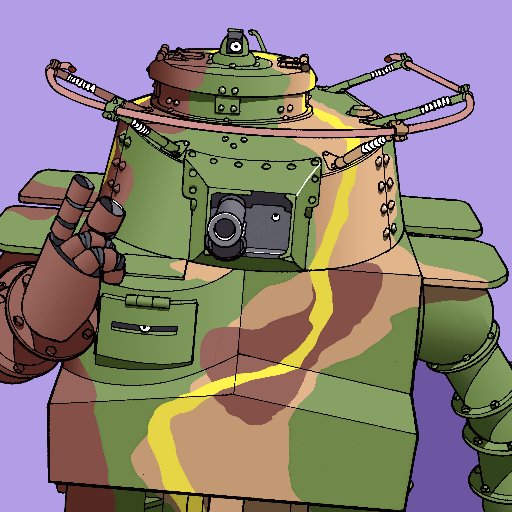直前の公示で申し訳なく!
来たる令和7年9月7日、東京有明にて開催の『COMITIA153』に『こがしゅうと宅』は参加致します!
画像は当日のお品書きです。手持ちの単行本は完売、お品書きにあるだけとなり新刊はこの二つ。暫定総集編はパイロット版たる作品から『00』、『01』、『02』まで収録!
来たる8月30日・31日両日に愛南町にて開催される『HATEコミゲット』用に『カワニシセイ』暫定総集編が発行されます!画像は表紙!タイトルのとおり『00』から『02』、また本シリーズの開始作品となったものを纏めて収録で気付けば本編94ページと相成りました!
明晩にはお品書きをアップ致します!
お待たせいたしました!8月17日発表の『カワニシセイ04』完成致しました。
本作はコミック部が24ページ!今までの作品中で最も多いものになっております。
メロンブックス御中でも本作をお取引きしてくださるとのこと!仕事が速いメロンブックス御中、今夜か明日にも予約開始かと!
【追記】
8月30日・31日両日の即売会は『HATEコミ』と題しここ最近に「紫電改」を描いた作家を集めた濃い即売会です。ご興味のある方々、どうか両日ご都合のよろしい日にお越しになってくださいませ!
私は現在、鋭意C106用の新刊『カワニシセイ04』を制作中で画像は一部です。本作も当日持参します!
再ポスト申し訳なく!
来たる7月19日より 佐賀県武雄市図書館御中にて【戦後80年企画展戦争をえがく戦争を知らないわたしたち】が催されます(8月17日まで)。 参加者、山口きなぼんさん、梓木こおりさん、それバンさん、こがしゅうと です。 ご興味ある方は是非に!
https://t.co/YFpmEix8M6
あなたのサークル「こがしゅうと宅」は、コミックマーケット106で「日曜日 東地区 “キ”ブロック-33a(東6ホール)」に配置されました! https://t.co/8CV8VCVNnw #C106WebCatalog #C106
いつも以上に狭き門、配置を頂くことが叶い、嬉しく!当日は『カワニシセイ04』と同作の総集編を発行します!
口内怪我で作業が遅延している身故用件のみ!COMITIA152に御越しになってくださったものの、新刊『ラストのスイセン』が開催早々に完売で拙『こがしゅうと宅』ご贔屓の皆々様の御手に渡らなかった事、ただ申し訳なく。今夏までに本作を直し『カワニシセイ』総集編に収録発表致しますので少しお待ちを!











